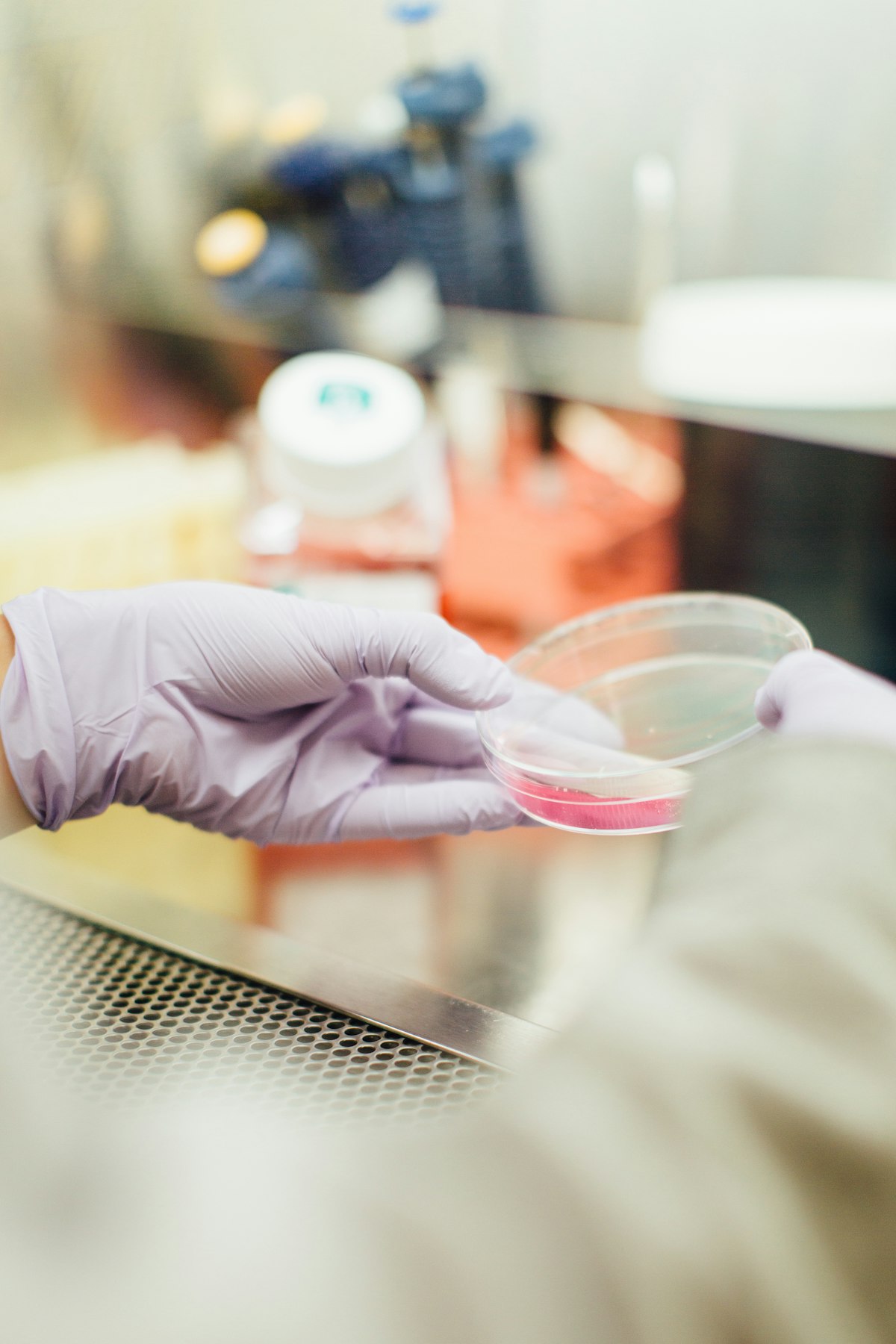
Diabetes is a chronic condition that affects millions of people worldwide. It is characterized by high blood sugar levels, which can lead to a range of serious health complications if not managed properly. One of the most common ways to diagnose diabetes is through the use of a glucose fasting test. This test measures the amount of glucose in the blood after the patient has fasted for a certain period of time, typically overnight.
The Role of Glucose Fasting Test in Diagnosing Diabetes
Diabetes is a serious and potentially life-threatening condition that affects millions of people worldwide. It is characterized by high blood sugar levels, which can lead to a variety of health complications if not managed properly. The most common types of diabetes are type 1 and type 2 diabetes. Type 1 diabetes is an autoimmune disorder that occurs when the body’s immune system attacks and destroys insulin-producing cells in the pancreas. Type 2 diabetes, on the other hand, is a metabolic disorder that occurs when the body becomes resistant to insulin or does not produce enough insulin to regulate blood sugar levels.
One of the most common ways to diagnose diabetes is through the use of a glucose fasting test. This test measures the amount of glucose in the blood after the patient has fasted for a certain period of time, typically overnight. The results of this test can help healthcare providers determine whether a patient has diabetes and how severe the condition is.
Glucose fasting tests are an essential tool in diagnosing diabetes because they provide valuable information about a patient’s blood sugar levels. When a person eats food, their body breaks down carbohydrates into glucose, which is then absorbed into the bloodstream. In a healthy individual, the pancreas produces insulin, a hormone that helps regulate blood sugar levels by allowing glucose to enter cells for energy production. However, in individuals with diabetes, this process is disrupted, leading to elevated blood sugar levels.
During a glucose fasting test, healthcare providers ask patients to fast for a certain period of time, typically overnight or for at least 8 hours. This period of fasting allows the body to use up stored glucose and establish a baseline for blood sugar levels. Patients are then asked to come to a healthcare facility, where a blood sample is taken to measure fasting blood sugar levels. A normal fasting blood sugar level is typically between 70 and 100 mg/dL. If a patient’s fasting blood sugar level is above this range, it may indicate the presence of diabetes.
In addition to measuring fasting blood sugar levels, healthcare providers may also perform other tests to diagnose diabetes, such as the oral glucose tolerance test (OGTT) and the hemoglobin A1c test. The OGTT involves measuring blood sugar levels before and after drinking a sugary solution, while the hemoglobin A1c test provides an average of blood sugar levels over the past 2-3 months. These tests, along with the glucose fasting test, can help healthcare providers determine whether a patient has diabetes and what type of diabetes they may have.
There are several risk factors that can increase a person’s likelihood of developing diabetes, including being overweight or obese, having a family history of diabetes, being physically inactive, and having high blood pressure or high cholesterol levels. People with prediabetes – a condition in which blood sugar levels are higher than normal but not high enough to be diagnosed as diabetes – are also at an increased risk of developing diabetes.
If left untreated, diabetes can lead to a range of serious health complications, including heart disease, stroke, kidney disease, nerve damage, and vision problems. However, with proper management and treatment, most people with diabetes can lead healthy, fulfilling lives. Treatment for diabetes typically involves lifestyle changes, such as eating a healthy diet, exercising regularly, and monitoring blood sugar levels, as well as taking medications such as insulin or oral medications.
In conclusion, glucose fasting tests play a crucial role in diagnosing diabetes by measuring fasting blood sugar levels after a period of fasting. These tests provide valuable information that can help healthcare providers determine whether a patient has diabetes and how severe the condition is. By diagnosing diabetes early and implementing appropriate treatment and management strategies, people with diabetes can reduce their risk of developing serious health complications and lead healthy, fulfilling lives. If you have risk factors for diabetes or symptoms of diabetes, such as excessive thirst, frequent urination, unexplained weight loss, fatigue, or blurred vision, it is important to consult with your healthcare provider for an evaluation and appropriate testing.












